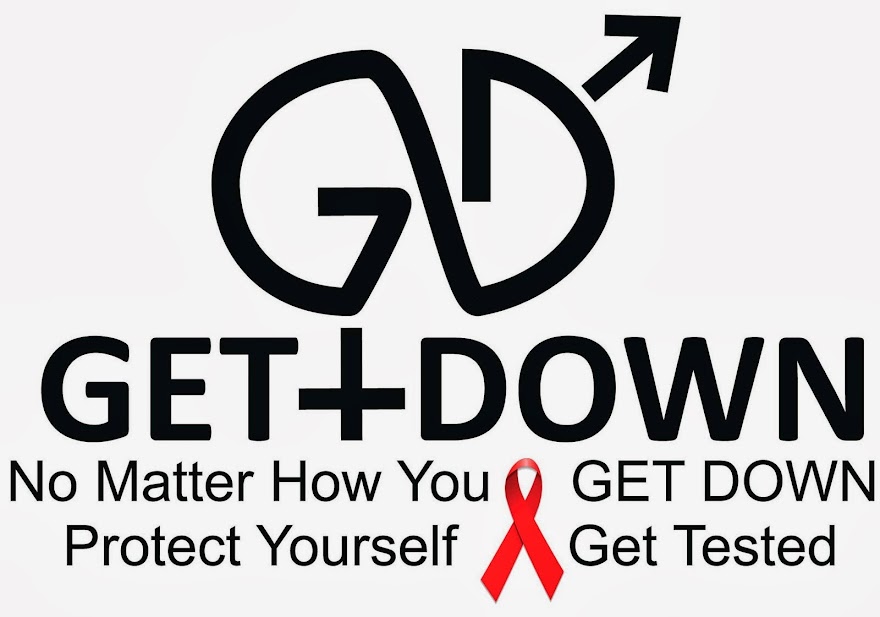On Sunday July 24th, 2011, 30 days after it was passed by the Legislature and signed into law by Governor Andrew Cuomo, New York’s gay marriage law took effect. Minutes after, hundreds of eager gay couples were wed across the state. The passing of this law is a momentous occasion in the LGBT community. For same sex couples to finally be able to legally wed, and enjoy all of the benefits associated with marriage is a major triumph.
The LGBT community has been celebrating since the Governor originally passed the bill on June 24th. Just two days later, New York City’s annual Pride Parade took place. The parade has been in effect for over 40 years. And while each year the celebrations and festivities grow in support and number, the streets were in no way ready for the massive turnout that occurred on June 26th.
Because of the bills passage, people flocked from nationwide to show their support for the LGBT community and this country’s latest same-sex marriage law. This is certainly a triumph for the LGBT community, but 40 years after the Stonewall Riots, many challenges still remain. For those who identify with the LGBT community, these include coming out to friends and loved ones or just merely as they live their lives amongst people who may not agree with their sexual orientation. As I walked along the NYC Pride parade route this year, I wanted to find out some of the challenges and triumphs that LGBT youth, in particular, face today.
Jo, 21, of the Bronx: “My family is strictly from the West Indies and we’re Catholic, so it was definitely hard [coming out] but it’s something that they have to live with and they came through…and I’m here five years later all in one piece!”
Jo, 21, of the Bronx: “My family is strictly from the West Indies and we’re Catholic, so it was definitely hard [coming out] but it’s something that they have to live with and they came through…and I’m here five years later all in one piece!”
Ashley, 22, of Teaneck, NJ: “I'd say that the biggest challenge in coping with my sexuality was having to deal with other peoples’ ignorance and prejudices. It can be draining having to argue with people in order to legitimize my sexuality. In the end it's my life and not theirs and what I want to do and who I love is none of their business. The only thing I ask is to have the same rights as everyone else.”
Henry, 22, of Teaneck, NJ: “For me, the biggest challenge is actually admitting to yourself who you are and coming to terms with it regardless of religious or political stances. We still live in a very theology-driven society and the process of mustering up the courage needed to acknowledge one's sexuality defies social mores and (perhaps) cultural values. In my opinion, the most difficult part of coming out was the process of self-discovery and coming to grips with who I am.”
New York’s passage of the same-sex marriage bill presents young people of the LGBT community with opportunities that those before them were not as fortunate to have. Now they, too, can fulfill the dream of a legal marriage that just weeks ago, they were not entitled.
Sarah, 25, of Clifton, NJ: “I’m bi-sexual and I’m open about it. The hardest thing I’ve ever had to do was come out to my parents. They had a hard time getting used to it but are still supportive…and my mom is here for the first time this year!”
Like Sarah’s mother, this year’s Pride Parade was a first for many. From 36th street & 5th Avenue, all the way down to Christopher & Greenwich Streets in The Village, hundreds of supporters, both new and old, were in attendance. I guess we can say that New York’s latest legislative reform has impacted New Yorkers in more ways than one.
And that is truly a triumph.
--Rebecca Florcyzk
GET DOWN Youth Blog Squad
florcyz3@tcnj.edu
